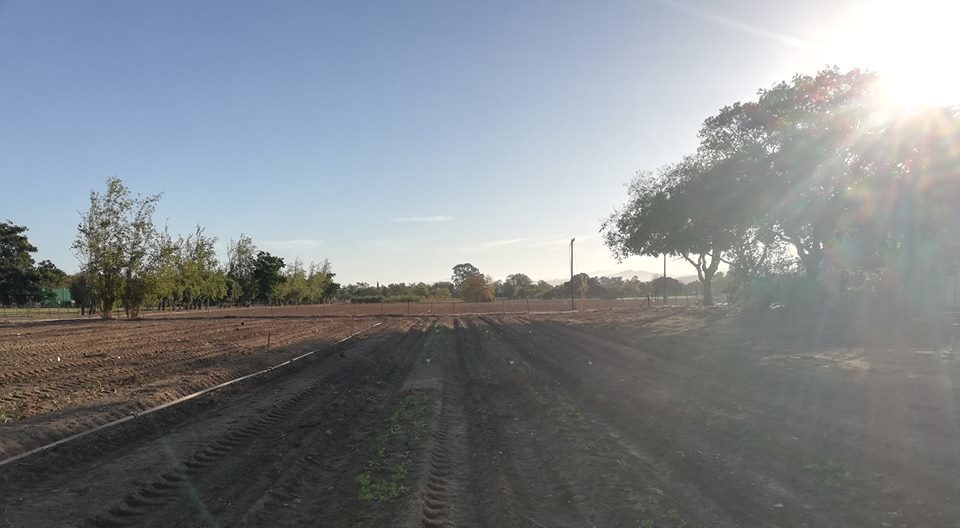With the rising cost of living and healthy food already being so expensive; students often resort to the cheapest food options, which usually have relatively low nutritional values. This problem came to the attention of Lisa Matthews and Carla De Beer, and through a collaboration between the AgriScience Student Association (ASA) and Facilities Management, they have found a solution; The Garden Grid.
Both serving on the ASA’s executive committee for 2018/19, Matthews and De Beer wanted to do their part in solving this problem “because eating fresh, healthy food is often really low on the list of students’ priorities.” They are working with Facilities Management to make plots on Stellenbosch University’s Welgevallen farm available to students. Here, students can grow their own fresh produce which they can use to supplement their food intake and ease the burden on their budgets. Matthews adds that this is also an effort to help alleviate the food crisis on campus. She hopes that through this project, students will have a more sustainable food source that supplements existing initiatives to eradicate student hunger.

The farm is situated next to Coetzenberg and is walking distance from the university’s main campus. There is a pedestrian gate open from 6am until 7pm daily. Through a donation from the seed producing company, Ball-Straathof, ASA provides start-up seeds to interested students. These seeds range from beans, tomatoes and onions to broccoli, cucumber, herbs, and the like. Students also have the option of using their own seeds and growing them on their allocated plot of land. Other sponsors and donors include; Master Organics, who donated compost and Facilities Management, who sponsored seedlings and potting soils. Additionally, the plots are watered for students so, all one has to worry about is weeding the plot and laying down mulch or compost.
We want people to exchange knowledge with each other and gain an understanding of the processes behind their food .”
– Lisa Matthews and Carla De Beer
The application process is simple, with the only requirements being that students apply in groups, as this eases the burden of maintaining the plot. Additionally, students ought to donate a portion of their harvest to a charity’s pantry of their choice. The ASA has also offered to donate this portion on behalf of students to The Small Things Fund, an organisation that – amongst other things – assists students with food parcels.
To apply for a plot on The Garden Grid, send an email to thegardengrid@gmail.com to receive an application form. You can also send any queries and questions to the aforementioned email address.
Not only does this initiative allow you to embrace healthy eating; it also allows for community interaction and affords harvesters the opportunity to give back to the community by donating a portion of their harvest. De Beer and Matthews emphasize that they value the networking this project encourages; “We want people to exchange knowledge with each other and gain an understanding of the processes behind their food, to foster a sense of respect for the food and to build people’s confidence in their ability to grow their own food.”
